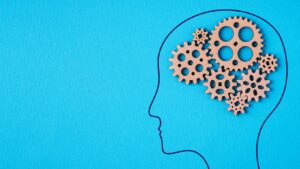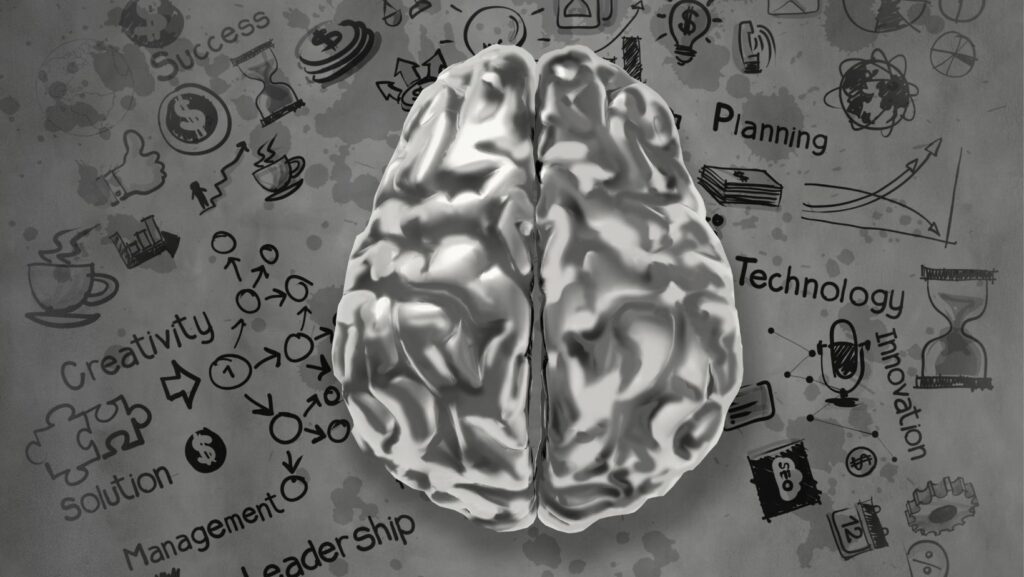Exploring the fascinating realm of brain-based learning strategies unveils a treasure trove of insights into maximizing educational outcomes. By tapping into the brain’s natural processes, educators can revolutionize teaching methods and enhance student engagement. Understanding how the brain absorbs, processes, and retains information is key to tailoring effective learning approaches that cater to individual needs.In this article, delve into the world of brain-based learning strategies to discover innovative techniques backed by neuroscience. Unravel the mysteries of cognition and discover how to optimize learning environments for improved knowledge retention. Embracing these strategies not only empowers educators but also nurtures a more dynamic and enriching educational experience for learners of all ages.
Brain Based Learning Strategies
The Science Behind Brain Based Learning
Understanding the science behind brain-based learning is essential for educators looking to optimize teaching methods. By leveraging neuroscience principles, educators can create effective learning environments that cater to how the brain processes information. Neuroscientific research reveals that the brain is constantly seeking meaning and connections, emphasizing the importance of relevance and context in learning materials.
Key Principles of Brain Based Learning
 Incorporating key principles of brain-based learning into educational practices can significantly enhance student engagement and knowledge retention. These principles include promoting a positive learning environment, incorporating active learning techniques, providing opportunities for real-world application, and utilizing multimedia resources to stimulate multiple senses. By aligning teaching strategies with how the brain functions, educators can foster a dynamic and impactful learning experience for students.
Incorporating key principles of brain-based learning into educational practices can significantly enhance student engagement and knowledge retention. These principles include promoting a positive learning environment, incorporating active learning techniques, providing opportunities for real-world application, and utilizing multimedia resources to stimulate multiple senses. By aligning teaching strategies with how the brain functions, educators can foster a dynamic and impactful learning experience for students.
Implementing Brain Based Learning in Classrooms
Curriculum Design Considerations
Incorporating brain-based learning principles into curriculum design is essential for optimizing student learning outcomes. Educators should focus on creating curriculum frameworks that cater to the brain’s natural way of processing information. This includes organizing content in a logical sequence that aligns with how the brain forms connections and retains knowledge. By structuring curriculum in a coherent and meaningful manner, educators can enhance student comprehension and retention.
Best Practices for Educators
 When implementing brain-based learning strategies in classrooms, educators should prioritize interactive and collaborative activities. Encouraging peer-to-peer interactions and group discussions can stimulate multiple areas of the brain, fostering deeper learning experiences. Additionally, incorporating real-world examples and hands-on activities can help students apply theoretical concepts in practical situations, promoting long-term retention and understanding. By engaging students in diverse learning experiences, educators can create an enriching environment that nurtures cognitive development.
When implementing brain-based learning strategies in classrooms, educators should prioritize interactive and collaborative activities. Encouraging peer-to-peer interactions and group discussions can stimulate multiple areas of the brain, fostering deeper learning experiences. Additionally, incorporating real-world examples and hands-on activities can help students apply theoretical concepts in practical situations, promoting long-term retention and understanding. By engaging students in diverse learning experiences, educators can create an enriching environment that nurtures cognitive development.
Technological Tools to Enhance Brain Based Learning
Interactive Learning Platforms
Engaging students in interactive learning platforms is a powerful strategy to enhance brain-based learning. These platforms offer a dynamic and personalized learning experience that aligns with how the brain processes information. By incorporating features like gamification, quizzes, and simulations, educators can stimulate multiple areas of the brain, fostering deeper engagement and knowledge retention.Interactive learning platforms, such as Kahoot! and Quizlet, leverage technology to create immersive learning environments where students can actively participate in their learning process. Through interactive quizzes and games, learners receive instant feedback, promoting a sense of achievement and motivation. These platforms cater to different learning styles, allowing educators to tailor instruction to individual preferences and cognitive needs.
Virtual Reality in Learning
 Integrating virtual reality (VR) technology into learning environments offers a cutting-edge approach to brain-based learning. VR simulations provide immersive experiences that mimic real-world scenarios, activating various brain regions involved in memory, decision-making, and spatial awareness. By immersing students in virtual environments, educators can enhance learning outcomes by making abstract concepts tangible and engaging.Virtual reality applications like Google Expeditions and Nearpod VR enable educators to transport students to different locations and time periods, offering a hands-on approach to learning. Through VR, learners can explore the depths of the ocean, visit historical landmarks, or interact with scientific phenomena in a way that traditional teaching methods cannot replicate. This experiential learning fosters critical thinking skills and spatial cognition, enhancing the overall learning experience.By leveraging interactive learning platforms and virtual reality technologies, educators can create immersive and engaging educational experiences that align with brain-based learning principles. These technological tools not only enhance student engagement but also promote deeper learning and retention by appealing to diverse learning styles and harnessing the brain’s natural mechanisms for processing information.
Integrating virtual reality (VR) technology into learning environments offers a cutting-edge approach to brain-based learning. VR simulations provide immersive experiences that mimic real-world scenarios, activating various brain regions involved in memory, decision-making, and spatial awareness. By immersing students in virtual environments, educators can enhance learning outcomes by making abstract concepts tangible and engaging.Virtual reality applications like Google Expeditions and Nearpod VR enable educators to transport students to different locations and time periods, offering a hands-on approach to learning. Through VR, learners can explore the depths of the ocean, visit historical landmarks, or interact with scientific phenomena in a way that traditional teaching methods cannot replicate. This experiential learning fosters critical thinking skills and spatial cognition, enhancing the overall learning experience.By leveraging interactive learning platforms and virtual reality technologies, educators can create immersive and engaging educational experiences that align with brain-based learning principles. These technological tools not only enhance student engagement but also promote deeper learning and retention by appealing to diverse learning styles and harnessing the brain’s natural mechanisms for processing information.

